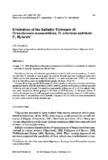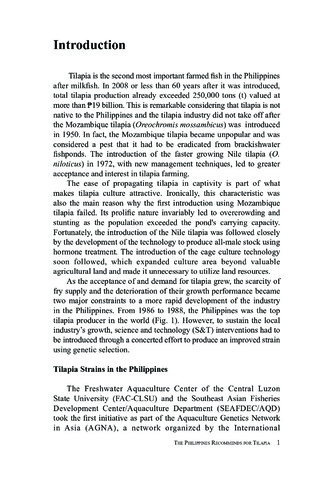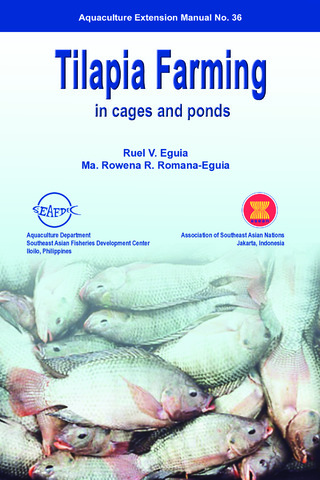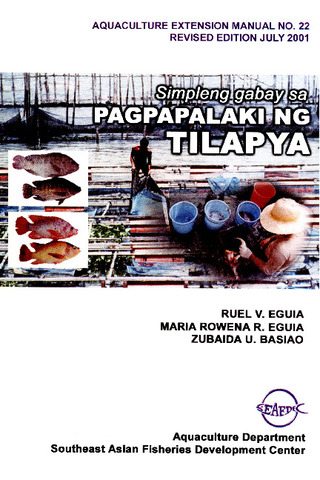Evaluation of the salinity tolerance of Oreochromis mossambicus, O. niloticus and their F1 hybrids
Share
Abstract
The salinity tolerance of freshwater-spawned and reared Oreochromis mossambicus, O. niloticus and their F1 hybrids of various ages was studied. Several tests were conducted using three indices as practical measures of salinity tolerance: (1) mean survival time (MST); (2) median survival time (ST50); and (3) median lethal salinity-96 hours (MLS-96).
Interspecific and age-specific differences (P<0.01) in salinity tolerance were observed in these species and their F1 hybrids on the basis of MST and ST50 indices, with salinity tolerance generally increasing with age of brood. No significant age-specific differences (P > 0.05) in salinity tolerance were observed in all four groups on the basis of MLS-96 index. At the same salinity O. niloticus fry at ages from 15 to 90 days post-hatch exhibited significantly lower (P<0.05) salinity tolerance than O. mossambicus and F1 hybrids. Changes in salinity tolerance were determined to be more closely related to body size than age.
Description
Contribution No. 230 of the Aquaculture Department, Southeast Asian Fisheries Development Center (SEAFDEC).
Suggested Citation
Villegas, C. T. (1990). Evaluation of the salinity tolerance of Oreochromis mossambicus, O. niloticus and their F1 hybrids. Aquaculture , 85(1-4), 281-292. https://doi.org/10.1016/0044-8486(90)90027-K
Subject
Collections
- AQD Journal Articles [1249]
Related items
Showing items related by title, author, creator and subject.
-
[The Philippines recommends for tilapia:] Introduction
Yap, Wilfredo G.; Eguia, Maria Rowena R.; Abella, Tereso A.; The Tilapia Technical Committee 2017 (DOST-PCAARRD, 2018) -
Tilapia farming in cages and ponds
Eguia, Ruel V.; Romana-Eguia, Ma. Rowena R. (Aquaculture Department, Southeast Asian Fisheries Development Center, 2004)This 40-page manual describes the farming practices for tilapia in cages, pens, ponds, and tanks. Also details selection of quality seedstock, maintenance of stock (feeding, water management), and harvesting. A list of ... -
Pagpapalaki ng tilapya
Eguia, Ruel V.; Romana-Eguia, Maria Rowena R.; Basiao, Zubaida (Aquaculture Department, Southeast Asian Fisheries Development Center, 2001-07)The manual discusses tilapia culture methods in concrete tanks, net cages, and fishponds. It details the species of tilapia cultured in the Philippines, which include Oreochromis niloticus, O. mossambicus, O. aureus. It ...




